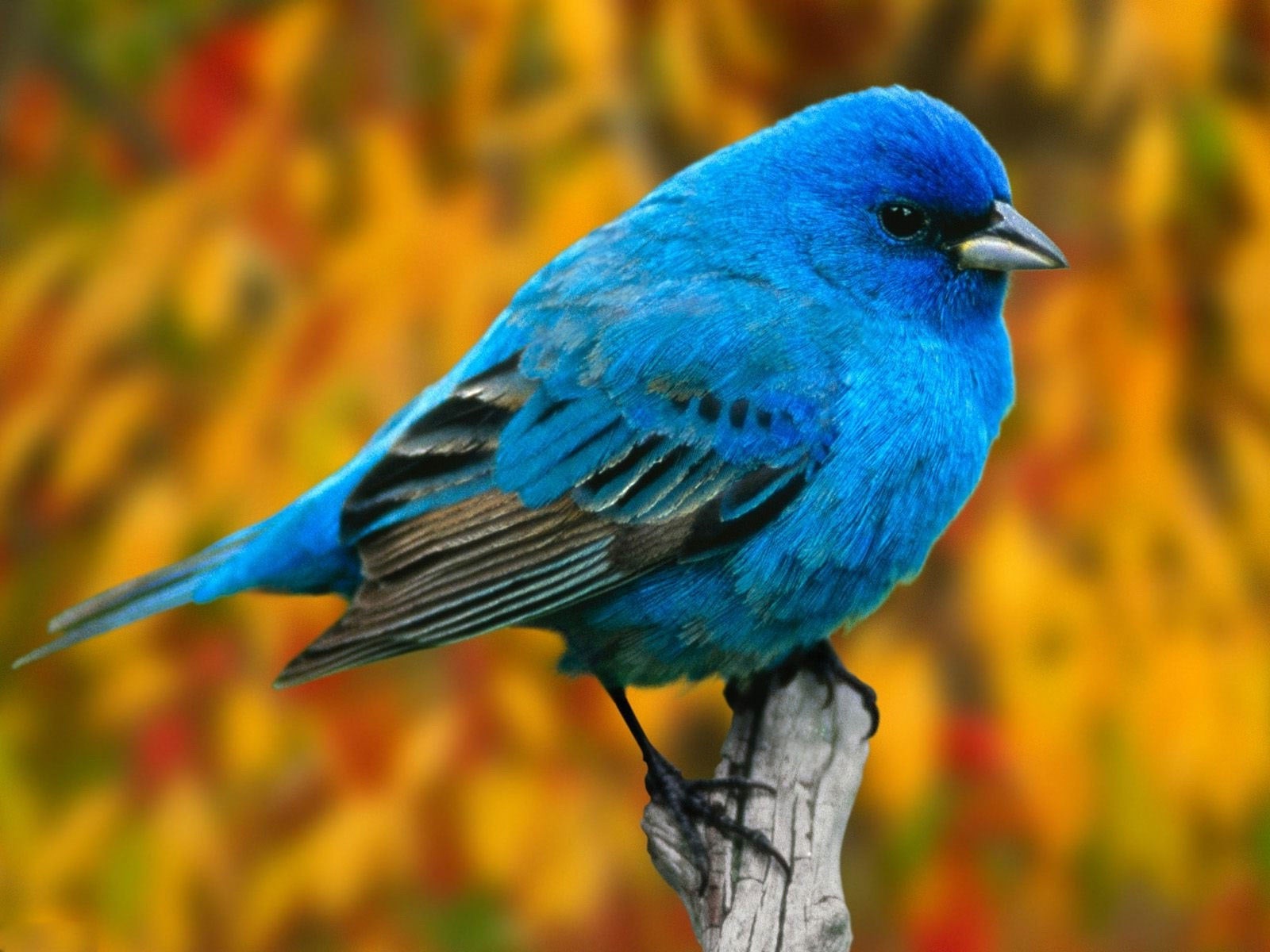
The Ultimate Guide: How to Change Your Koi Pond Filter
Introduction
Koi ponds are not only eye-catching but also require proper maintenance to keep your fish healthy and your pond looking great. One of the most important parts of pond maintenance is changing the filter. Changing your pond filter might seem like a large task, but it’s relatively easy and important to ensure clean and clear water for your Koi fish. Therefore, in this article, we will provide all the necessary information for a hassle-free filter change process.
Why is it important to change your Koi Pond Filter?
Koi ponds filters are responsible for removing waste, debris, and contaminants from your pond water, which will ultimately ensure that your Koi fish gets a clean environment to live in. If the filter is not well-maintained, it becomes clogged and loses efficiency causing water quality to decline. This can lead to poor health or even death of your Koi fish. Therefore, it’s essential to change your filter regularly to maintain a healthy aquatic ecosystem for your fish.
How often should you change your Koi Pond Filter?
The frequency of changing your pond filter depends on the type of filter you’re using and your pond’s size. As a rule of thumb, some filters should be cleaned every 2-3 months, while others should be replaced once a year. However, it’s best to check the manufacturer’s recommendation for guidance on how often to change or clean your pond filter. Factors such as the number of fish you have, the amount they eat, and the volume of water in your pond will also affect how often you need to change the filter.
Tools and Supplies You’ll Need to Change Your Koi Pond Filter
Before changing your filter, you need to have the following tools and supplies:
- A new filter or replacement media
- A hose or bucket
- Rubber gloves
- Goggles
- A wrench
- A power drill
- A screwdriver
Steps to Change Your Koi Pond Filter
Step 1: Turn off the Pump
Before you start changing your filter, make sure you turn off the pump. Turning off the pump will allow water to drain out of the filter unit, making it easier to remove the filter and prevent damage to the pump.
Step 2: Drain the Filter Unit
You should have a bucket or hose to remove any remaining water from the filter unit. Drain the filter unit completely to avoid any water spillage and to make the filter replacement process more manageable.
Step 3: Remove the Old Filter
The removal process of the old filter is dependent on the type of filter you have. First, loosen the screws/nuts and remove the clamps or clips that secure the filter in place with the wrench or screwdriver. Then disassemble the filter unit to remove the filter. Some types of filters have replacement media instead of complete replacement units. In these cases, you can remove the old filter media and replace it with new ones.
Step 4: Install the New Filter
Install the new filter in the filter unit. Ensure the filter is correctly aligned and attached to the clamps or clips that secure it in place. If it’s a new filter unit, follow the manufacturer’s instructions for installation.
Step 5: Reassemble the Filter Unit
After attaching the new filter, you can now reassemble the filter unit. Tighten all screws/nuts to ensure a secure fit and prevent leaks. If you have a reusable filter, it might be worth cleaning the filter unit at this point to get rid of any dirt or debris that may have accumulated.
Step 6: Turn on the Pump and Check for Leaks
After reassembling the filter unit, turn on the pump and monitor it for any leaks or unusual noises. Make sure everything is correctly connected, and there’s no damage to the filter unit or pump. If everything runs smoothly, you can sit back and enjoy the clear, clean water flowing in your Koi pond once again.
Conclusion
In summary, changing your Koi pond filter is essential to maintain a healthy and clean aquatic environment for your fish. By following the steps highlighted in this article, you can make the filter change process seamless and avoid any potential damage to your pump. Remember to check the manufacturer’s guide for your filter unit to determine the frequency of filter replacement and any specific installation instructions. Happy filtering!









